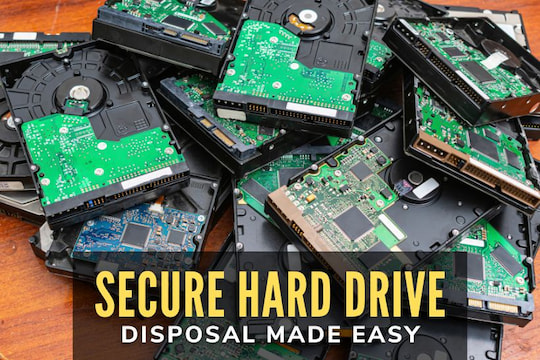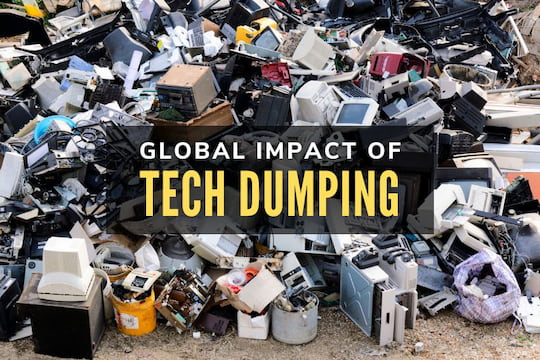Deperming and Degaussing are terms that get used synonymously. They are, however, two different processes. To better illustrate the differences between the two words, let's explore what each means and why they're essential to the recycling industry.
Starting with Deperming, you'll learn why it's necessary and who it benefits. You'll quickly see the importance of properly recycling your company electronics so that it protects your business' privacy along with the rights and sensitive information of your customers, partners, and vendors, too.
Deperming 101
Deperming nullifies the magnetic field of electronic items permanently. That means that there is zero chance of private data falling into the wrong hands. Everything contained on a computer's hard drive gets removed entirely. Deperming makes it possible for recyclable goods to be used again without a trace of the original information is present on the new product. Refurbished electronics have undergone the complete erasure of a device's magnetic field.
Degaussing 101
Degaussing is a process that removes all sensitive digital data from electronics permanently. It prevents it from being reaccessed. When a company chooses to recycle their electronics such as computer hard drives or backup tapes, there is no chance of their private information accessed by a third party.
The process delivers magnetic energy pulses in high volumes, which destroys the info on magnetic media. The service is popular with companies of all sizes and in all industries. The Degaussing process allows companies to reuse the equipment that they have without old data and information getting in the way of new data storage.
The Difference Between Deperming and Degaussing
Deperming & Degaussing are similar processes with one permanently destroying data contained within magnetic media so that the parts can be recycled and used to create a new or refurbished product. The other method allows the original owners of electronics to start fresh without traces of past information getting in the way of their current data storage goals.
The Problems That Occur When Computers are Not Depermed or Degaussed
Computers that haven't been depermed or degaussed still have confidential information on them. The NAID held a study in 2014 and found that 30 percent of computer hard drives had medical records, bank account information, and personal contact information of customers and clients still on them.
Explaining the Differences Between the Two to Others
Now you know the differences between Deperming and Degaussing. You'll be better able to explain the processes to other people while discussing the importance of each. You won't make the mistake of saying they're the same thing when they aren't.
The Patron Saint of Electronics, Isidore of Seville, would approve. Declared by the Pope decades ago, the keeper of all things electronic appreciates advanced technologies that protect the public from attack. The two processes require knowledge, skill, and training. They are safeguards that keep companies out of hot water legally by protecting their confidential information ultimately.




















